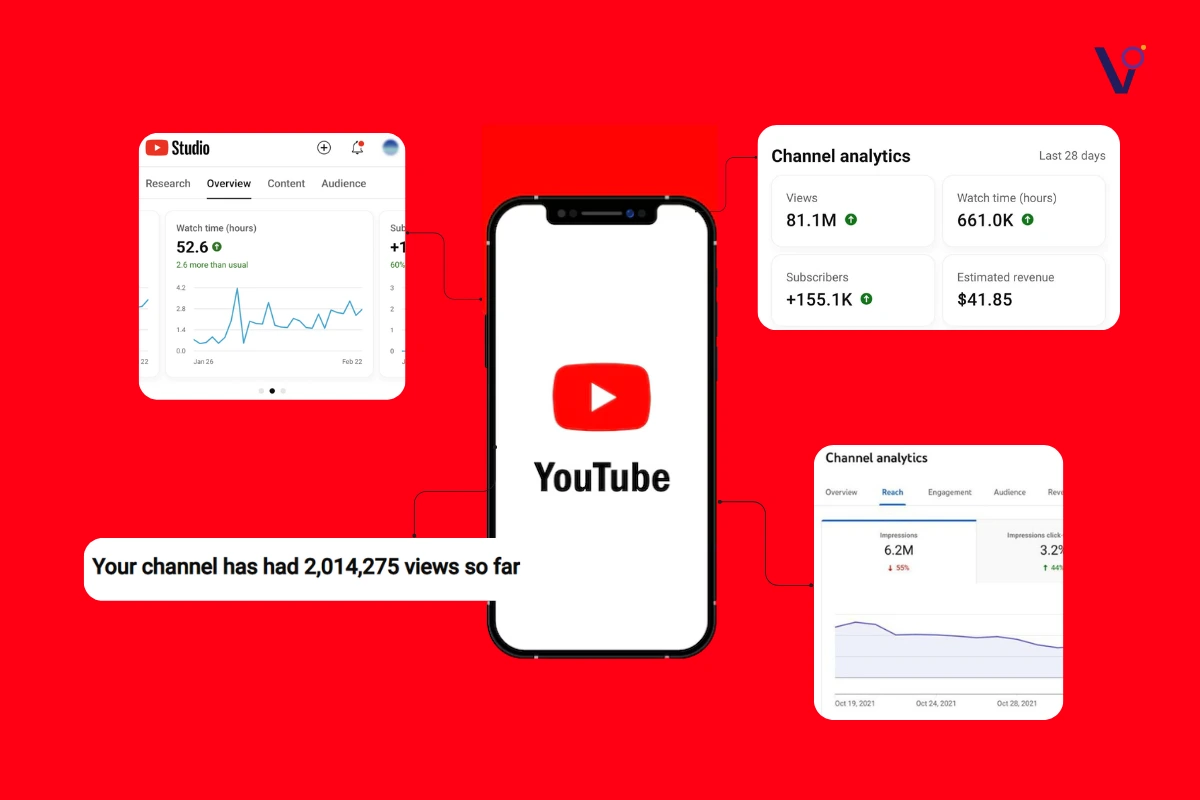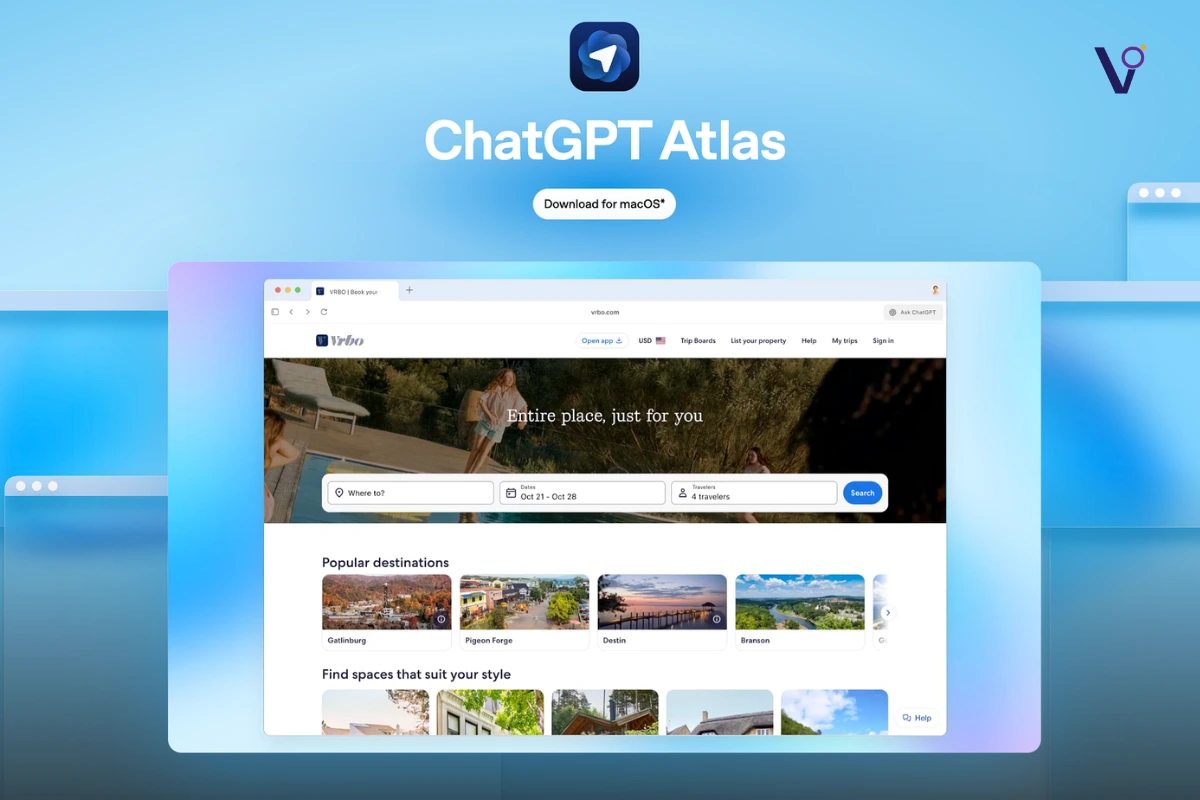How does the YouTube algorithm really work? Does uploading a new video kill the momentum of your last video? And how exactly does YouTube determine impressions? These are some of the biggest questions creators face today. Let’s unpack the paradox of viral videos and dive deep into how the algorithm works in 2025.
The Algorithm Myth: It Doesn’t Push, It Pulls
One of the biggest hurdles creators face is the misconception that the algorithm pushes videos out when you upload them. The reality is, the algorithm does not force videos; the algorithm pulls videos for people. That means the algorithm’s job is to follow the audience, not the other way around.
René Ritchie, YouTube Head of Editorial and YouTube Liaison and a creator who has more than 300,000 subscribers, clarifies this well. When you open YouTube on any device, the algorithm instantly evaluates the best videos for you at that moment, and it does this within milliseconds. It looks for videos you’re most likely to click, watch, enjoy, and interact with. The ultimate goal is to serve you something satisfying to watch.
So here’s the key advice: instead of obsessing over the algorithm, think about your audience.
What Are Impressions on Youtube?

Everybody wants views, but before views come impressions. What exactly is an impression? Impressions are when YouTube shows your thumbnail to viewers.
As an example, if your video receives 1,000 impressions and generates a 4% click-through rate (CTR), that means you get 40 views. Being aware of impressions helps you know where your perceptions come from and how to make adjustments.
But impressions aren’t the same across all types of videos. When it comes to Shorts, the vertical, quick video format popular today, there’s no thumbnail or browse page in the traditional sense. Instead, YouTube tracks how many times a Short is viewed versus swiped away. Think of these views as impressions because the Shorts algorithm is testing the video with viewers, similar to how long-form videos test thumbnails.
Breaking Down YouTube’s Traffic Sources
Knowing where impressions and views come from can help you understand the algorithm better.
1. YouTube Search
This is where viewers type a query into the search bar, and YouTube ranks videos that best match that query, tailored to the user. Search results depend on two big factors: objective performance and subjective personalization.
This means two people searching the same thing might see different videos based on their viewing history and preferences. If your video doesn’t show up in search, it might be because of that personalized ranking. To check, try searching in an incognito window for a neutral perspective.
2. Browse Features
This includes the homepage, subscription feed, and any other place on YouTube where multiple thumbnails are shown together. The homepage is often the biggest source of browse traffic for many users.
3. Suggested Videos
These are the videos that appear on the sidebar on desktop or below the current video on mobile. Suggested videos often confuse creators because they sometimes show unrelated content. Think of it like changing TV channels. You might switch from comedy to news or cooking depending on your mood.
Other Important Traffic Sources
Besides search, browse, and suggested videos, YouTube has many other ways to generate impressions and views:
- Notifications: This is the one place YouTube actively pushes videos. If a viewer opts into “All notifications” for your channel, they get alerted whenever you upload.
- External Traffic: This comes from social media shares, embedded players on websites, or other platforms.
- Shorts Feed: As mentioned, Shorts have their own unique way of reaching audiences.
- Related Videos, Playlists, End Screens, Hashtag Pages: These features provide extra ways to discover your content.
- YouTube Ads: If you run paid campaigns, this adds another layer.
- Channel Pages and Mentions: You might also get views from your channel page or mentions within other creators’ videos.
Knowing this ecosystem can make you more intentional about how you promote your videos.
Does Uploading a New Video Kill Momentum?
A common worry for creators is that uploading a new video might kill the momentum of your recent videos. The short answer is not really.
Because the algorithm focuses on what viewers want, it’s constantly pulling the best videos for each viewer at the moment. Uploading a new video gives the algorithm fresh content to test and recommend, but it doesn’t mean your last video disappears or loses all traction.
Momentum depends on how much your videos satisfy viewers. If your older videos keep getting clicks, watch time, and engagement, the algorithm will keep surfacing them.
The Paradox of Viral Videos
Viral videos often seem mysterious and unpredictable. Why does one video blow up while another with similar content doesn’t?
The secret lies in viewer satisfaction. Viral content is not just about views. It’s about how much a video keeps people watching and interacting. The algorithm rewards videos that grab attention, hold it, and spark engagement.
So rather than going after virality explicitly, aim to produce content that your viewers adore.
Final Takeaway: Align with Your Audience, Not the Algorithm
The key takeaway for creators in 2025 is to stop trying to game the algorithm and start serving your audience better. The algorithm doesn’t have hidden favors or secret hacks. It simply follows viewer behavior.
Success on YouTube is about knowing the system and working with it, not against it. The real secret to going viral is to make videos people want to watch.
An impression is when your video’s thumbnail appears on a YouTube page, giving a viewer the chance to click on it.
Impressions are how often your thumbnail is shown. Views happen when someone actually clicks and watches your video.
The best time to post on YouTube is Mondays and Wednesdays between noon and 3 PM, but check your YouTube Studio Audience tab to find when your viewers are most active.
To work with the YouTube algorithm in 2025, stop chasing the algorithm. Focus on understanding your audience. Replace “algorithm” with “audience” and you’ll figure out YouTube faster and smarter.



